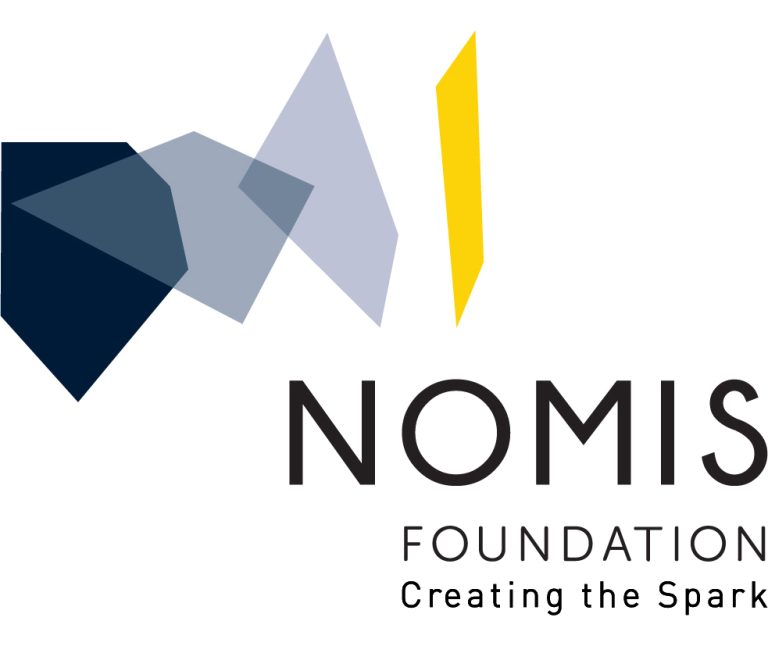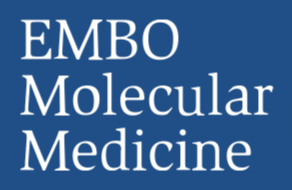The cellular prion protein PrPC is necessary for prion replication, and its reduction greatly increases life expectancy in animal models of prion infection. Hence the factors controlling the levels of PrPC may represent therapeutic targets against human prion diseases. Here we performed an arrayed whole-transcriptome RNA interference screen to identify modulators of PrPC expression. We cultured human U251-MG glioblastoma cells in the presence of 64’752 unique siRNAs targeting 21’584 annotated human genes, and measured PrPC using a one-pot fluorescence-resonance energy transfer immunoassay in 51’128 individual micro-plate wells. This screen yielded 743 candidate regulators of PrPC. When downregulated, 563 of these candidates reduced and 180 enhanced PrPC expression. Recursive candidate attrition through multiple secondary screens yielded 54 novel regulators of PrPC, 9 of which were confirmed by CRISPR interference as robust regulators of PrPC biosynthesis and degradation. The phenotypes of 6 of the 9 candidates were inverted in response to transcriptional activation using CRISPRa. The RNA-binding post-transcriptional repressor Pumilio-1 was identified as a potent limiter of PrPC expression through the degradation of PRNP mRNA. Because of its hypothesis-free design, this comprehensive genetic-perturbation screen delivers an unbiased landscape of the genes regulating PrPC levels in cells, most of which were unanticipated, and some of which may be amenable to pharmacological targeting in the context of antiprion therapies.








